We put the Honor Magic Vs through our rigorous DXOMARK Audio test suite to measure its performance both at recording sound using its built-in microphones, and at playing audio back through its speakers.
In this review, we will break down how it fared in a variety of tests and several common use cases.
Overview
Key audio specifications include:
- Two speakers (Top left, bottom left)
- No jack audio output
- DTS:X Ultra technology
Scoring
Sub-scores and attributes included in the calculations of the global score.
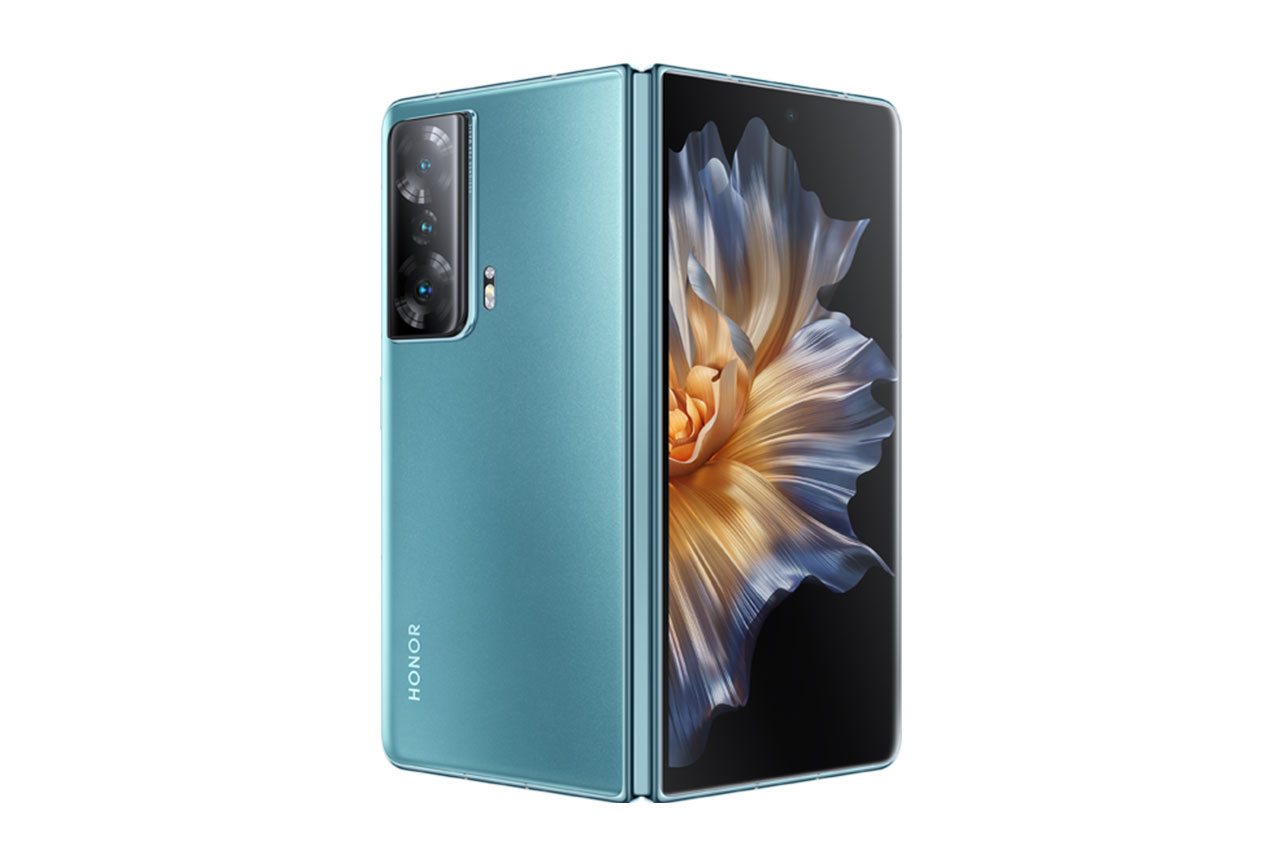
Honor Magic Vs


 40th
40th 28th
28thPlayback
Pros
- Good dynamics performance
- Natural midrange restitution
- Good localizability and accurate distance rendition
Cons
- Thin tonal balance, especially at soft volume
- Limited wideness
- Lack of bass strength impairs both timbre and bass precision
Recording
Pros
- Pleasant and natural midrange restitution
- Great dynamics performance, good signal-to-noise ratio across all use cases
- Excellent audio zoom
The Honor Magic Vs delivered a good performance in the DXOMARK Audio tests. For a folding device, the results were particularly impressive in recording, thanks to very effective background noise cancellation and a very good audio zoom. However, our testers found the Honor to be sensitive to wind noise, and sonority could be slightly underwhelming in both playback through the built-in speakers and recording.
In playback, the Honor Vs achieved the best results when used for listening to music but also did very well as a gaming device or when watching videos and movies. Audio recordings were most impressive with the main camera app, but the front camera’s and the memo app’s audio quality was not far off.
Test summary
About DXOMARK Audio tests: For scoring and analysis in our smartphone audio reviews, DXOMARK engineers perform a variety of objective tests and undertake more than 20 hours of perceptual evaluation under controlled lab conditions.
(For more details about our Playback protocol, click here; for more details about our Recording protocol, click here.)
The following section gathers key elements of our exhaustive tests and analyses performed in DXOMARK laboratories. Detailed performance evaluations under the form of reports are available upon request. Do not hesitate to contact us.
Playback
Honor Magic Vs
163
DXOMARK engineers test playback through the smartphone speakers, whose performance is evaluated in our labs and in real-life conditions, using default apps and settings.
In our playback tests, the Honor Magic Vs delivered a decent timbre performance. Our testers noticed a nice lower treble presence but some lack of high-end extension. Midrange sounded a bit thin but natural, and bass rendition was correct. Overall, the tonal balance was a little thin, with a lot of focus on the midrange. Dynamic performance was good, thanks to pretty sharp attack and decent punch. Bass precision suffered from a lack of sustain, partly due to insufficient low-end extension.
In terms of spatial characteristics, the built-in speakers created a sound scene with wideness that was acceptable but lagged behind some other devices in this class, especially in regard to the Honor’s dimensions. On the plus side, individual sound sources were easy to pinpoint, and the distance rendition was accurate. However, underwhelming depth rendition resulted in a very flat stereo scene. Our experts also found the minimum volume setting too low, making it difficult to hear some soft sections in classical music for example. The maximum volume step was loud enough. In terms of unwanted audio artifacts, our testers observed some significant distortion at maximum volume. They also found the speakers to be easily occluded when handling the device, in both its folded and unfolded state.
Listen to the tested smartphone’s playback performance in this comparison with some of its competitors:

Timbre
Honor Magic Vs
158
The Timbre score represents how well a phone reproduces sound across the audible tonal range and takes into account bass, midrange, treble, tonal balance, and volume dependency. It is the most important attribute for playback.

Dynamics
Honor Magic Vs
149
The Dynamics score measures the accuracy of changes in the energy level of sound sources, for example how precisely a bass note is reproduced or the impact sound from drums.
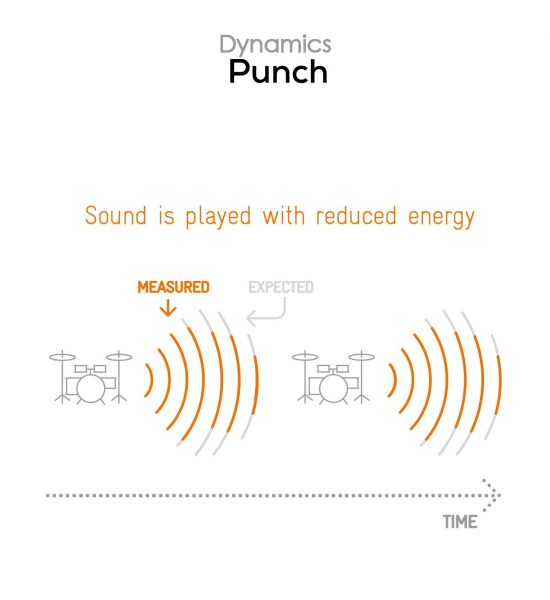
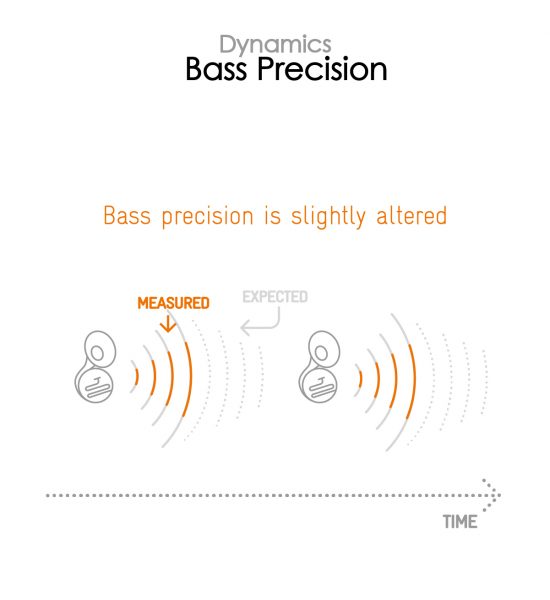

Spatial
Honor Magic Vs
162
The sub-attributes for spatial tests include pinpointing a specific sound's location, its positional balance, distance, and wideness.

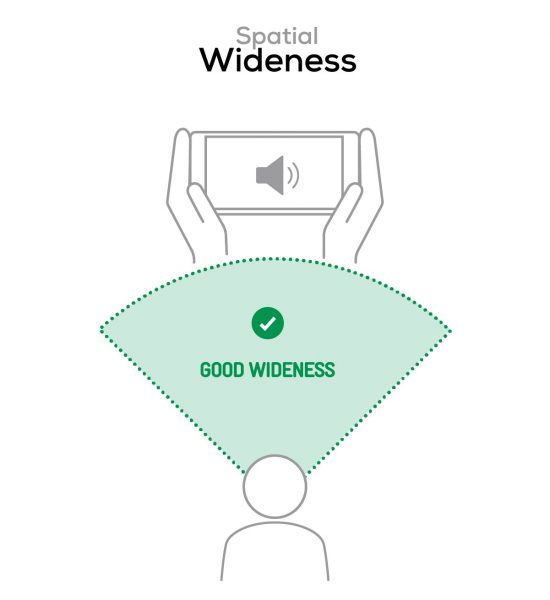

Volume
Honor Magic Vs
162
The Volume score represents the overall loudness of a smartphone and how smoothly volume increases and decreases based on user input.
| Hip-Hop | Classical | |
| Honor Magic Vs | 72.6 dBA | 66.6 dBA |
| Xiaomi Mix Fold 2 | 72.2 dBA | 67.9 dBA |
| Samsung Galaxy Z Fold4 | 71.1 dBA | 67.3 dBA |

Artifacts
Honor Magic Vs
157
The Artifacts score measures the extent to which the sound is affected by various types of distortion. The higher the score, the less the disturbances in the sound are noticeable. Distortion can occur because of sound processing in the device and because of the quality of the speakers.
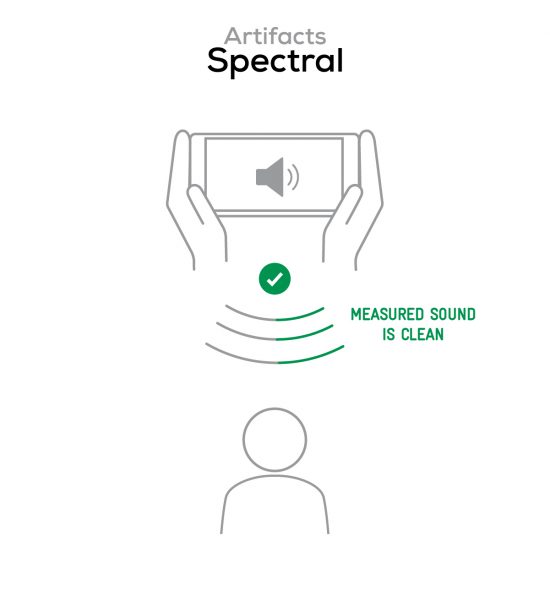
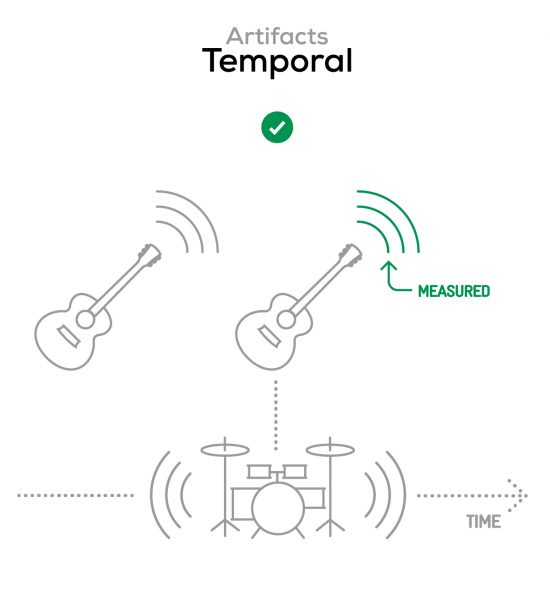
It represents the distortion and noise of the device playing our test signal (0 dB Fs, Sweep Sine in an anechoic box at 40 cm) at the device's maximum volume.
Recording
Honor Magic Vs
160
DXOMARK engineers test recording by evaluating the recorded files on reference audio equipment. Those recordings are done in our labs and in real-life conditions, using default apps and settings.
Our experts found the tonal balance in recording to be average. Recordings had a nice midrange body in most situations, but also sounded muffled, with some resonance impairing midrange rendition. Treble rendition was correct but some additional bass presence would have been beneficial. The Honor did very well in the dynamics category, with an excellent signal-to-noise ratio ensuring good intelligibility of voices in all use cases, as well as good envelope rendition.
Recordings offered only average wideness, with front-camera recordings in portrait orientation feeling particularly narrow. Localizability of individual sound sources left room for improvement as well, with a blurry sound scene and the position of voices in the scene appearing to move. Distance rendition was accurate and natural. Main-camera recording lacked some loudness but volume was good across all other use cases. In addition, unwanted audio artifacts were hardly an issue, with only some slight compression and distortion appearing on sudden loud voices. Background rendition could have been better, as its tonal balance was impaired by noise reduction, as well as some pumping.
Here is how the Honor Magic Vs performs in recording use cases compared to its competitors:

Timbre
Honor Magic Vs
147
The Timbre score represents how well a phone captures sounds across the audible tonal range and takes into account bass, midrange, treble, and tonal balance. It is the most important attribute for recording.

Dynamics
Honor Magic Vs
146
The Dynamics score measures the accuracy of changes in the energy level of sound sources, for example how precisely a voice's plosives (the p's, t's and k's, for example) are reproduced. The score also considers the Signal-to-Noise Ratio (SNR), for example how loud the main voice is compared to the background noise.
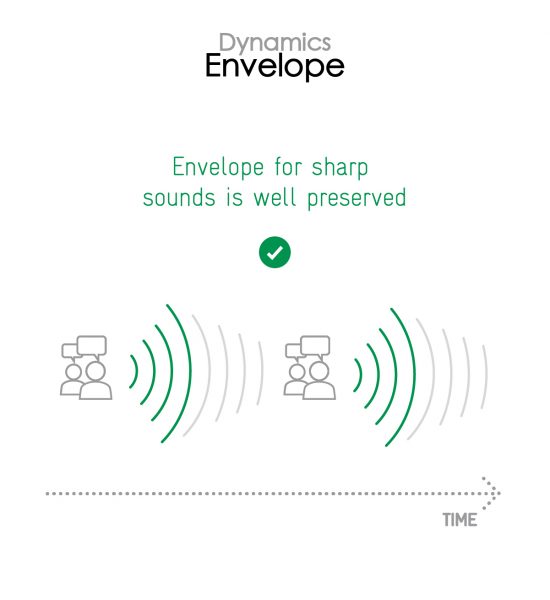
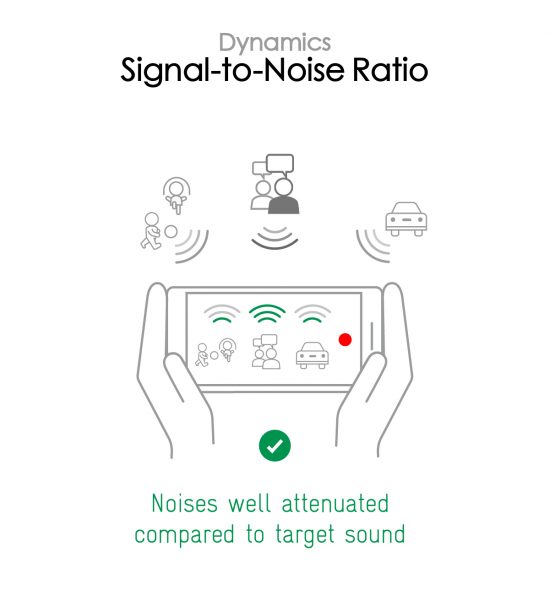

Spatial
Honor Magic Vs
159
The sub-attributes for spatial tests include pinpointing a specific sound's location, its positional balance, distance, and wideness on the recorded audio files.
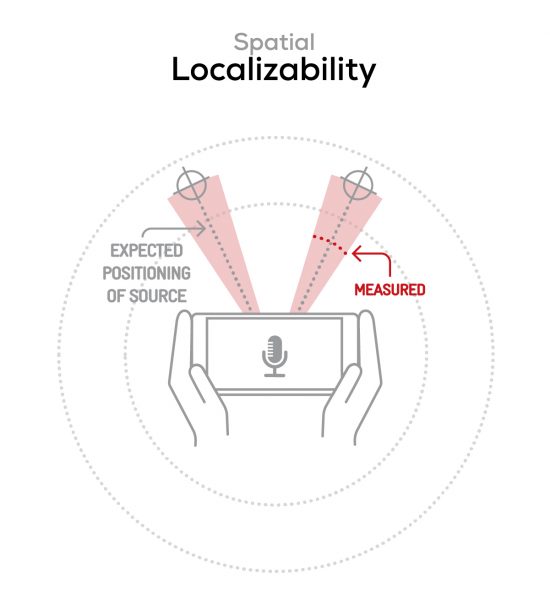
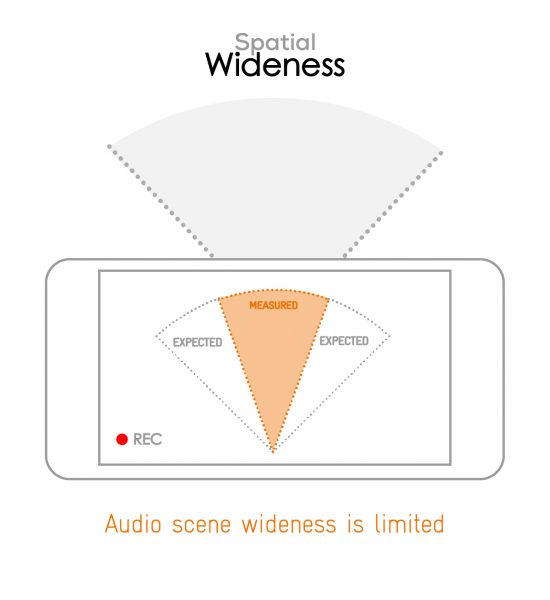

Volume
Honor Magic Vs
170
The Volume score represents how loud audio is normalized on the recorded files and the how the device handles loud environments, such as electronic concerts, when recording.
| Meeting | Life Video | Selfie Video | Memo | |
| Honor Magic Vs | -23.3 LUFS | -19.2 LUFS | -19.1 LUFS | -19 LUFS |
| Xiaomi Mix Fold 2 | -25.3 LUFS | -22.8 LUFS | -19.7 LUFS | -20.8 LUFS |
| Samsung Galaxy Z Fold4 | -25.8 LUFS | -21.6 LUFS | -22.7 LUFS | -21 LUFS |
The Artifacts score measures the extent to which the recorded sounds are affected by various types of distortions. The higher the score, the less the disturbances in the sound are noticeable. Distortions can occur because of sound processing in the device and the quality of the microphones, as well as user handling, such as how the phone is held.
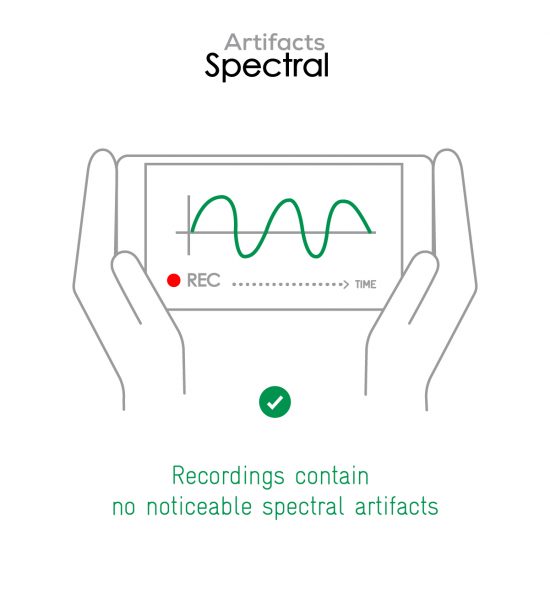
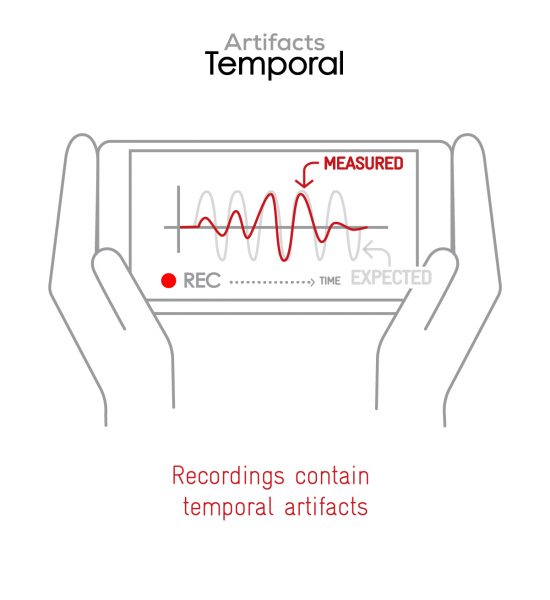
In this audio comparison, you can listen to the way this smartphone handles wind noise relative to its competitors:

Background
Honor Magic Vs
166
Background evaluates how natural the various sounds around a voice blend into the video recording file. For example, when recording a speech at an event, the background should not interfere with the main voice, yet it should provide some context of the surroundings.
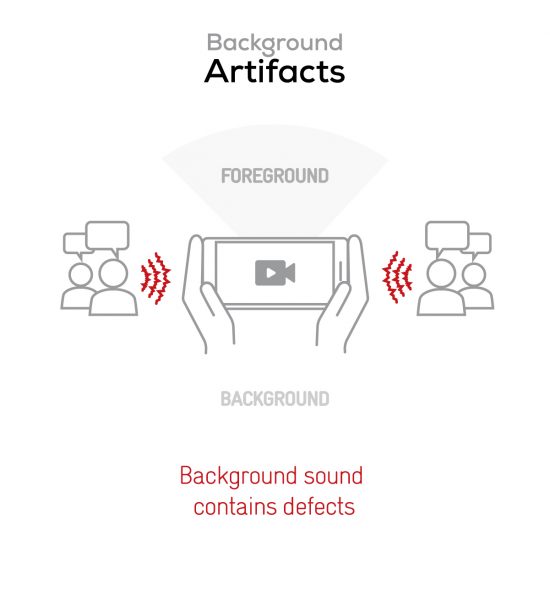
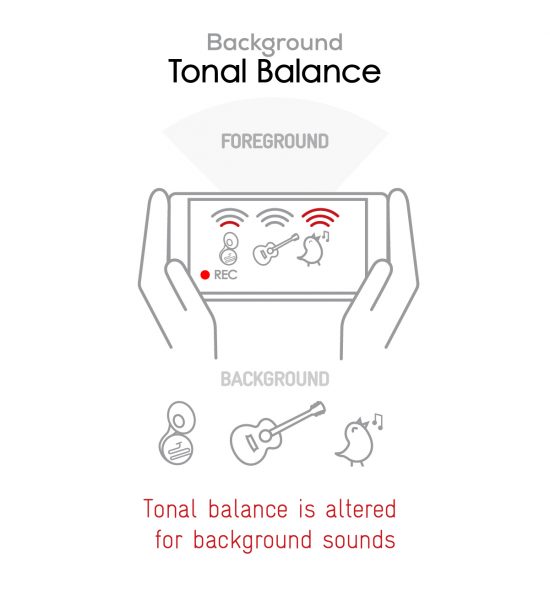


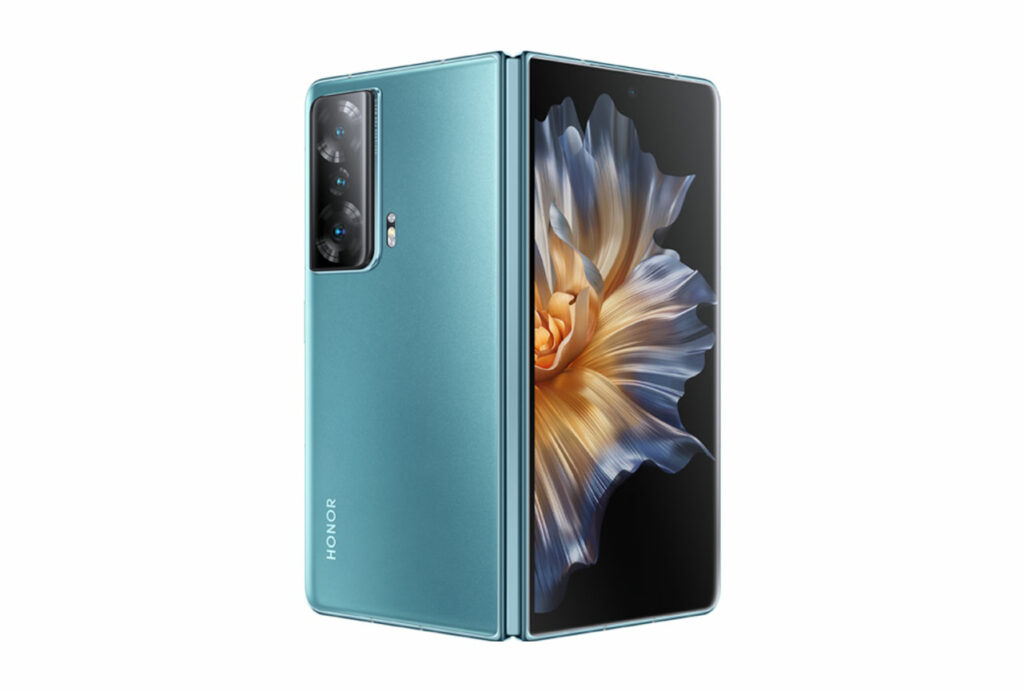

DXOMARK encourages its readers to share comments on the articles. To read or post comments, Disqus cookies are required. Change your Cookies Preferences and read more about our Comment Policy.